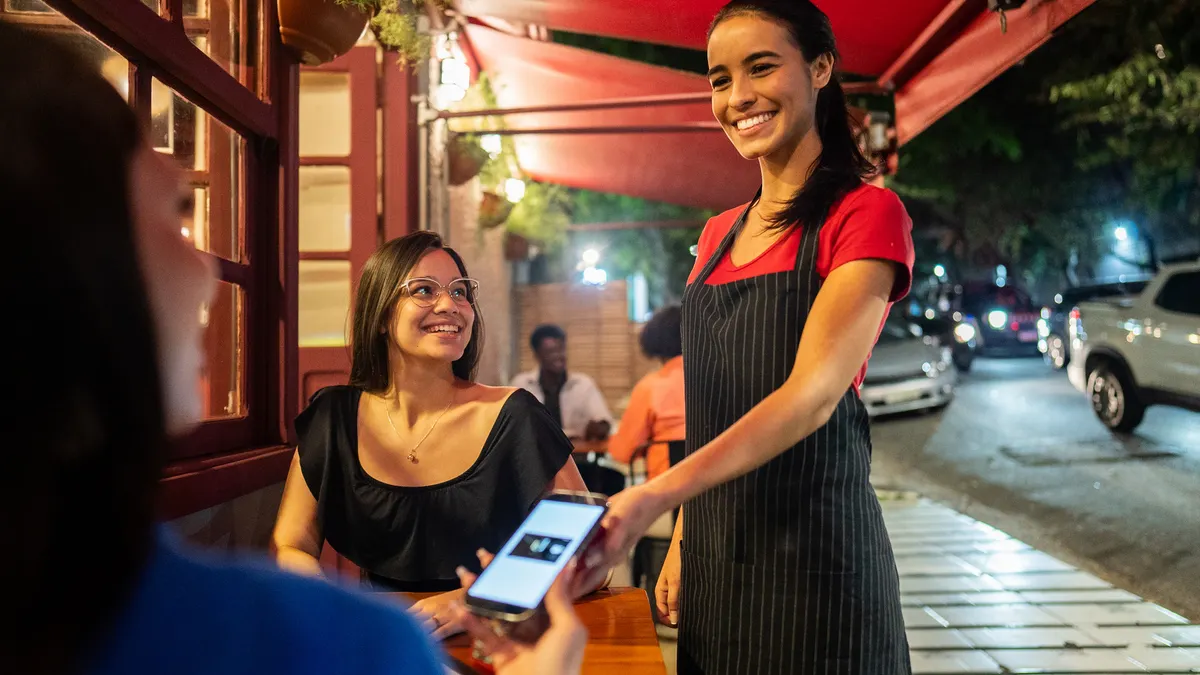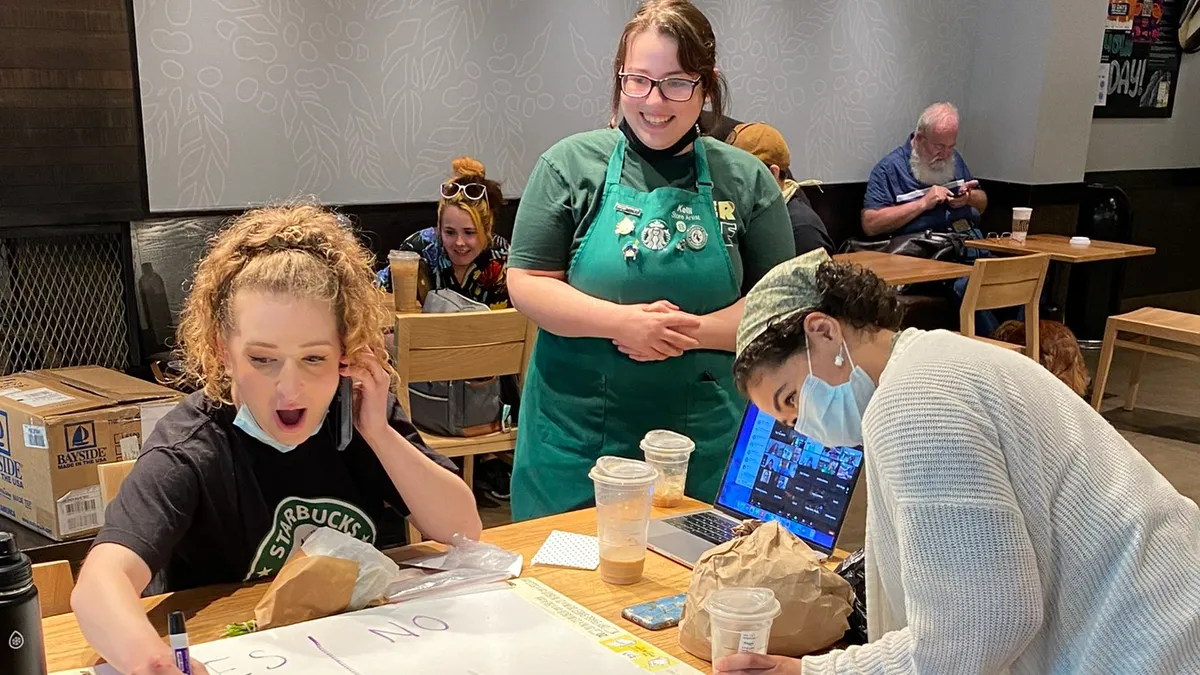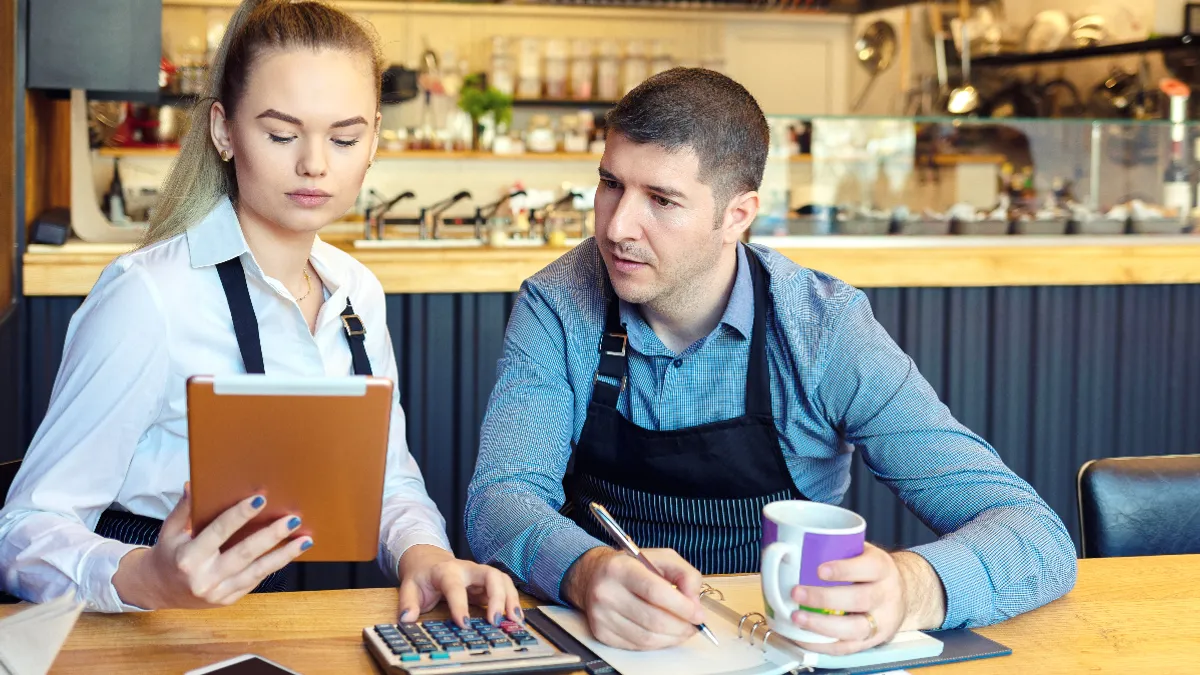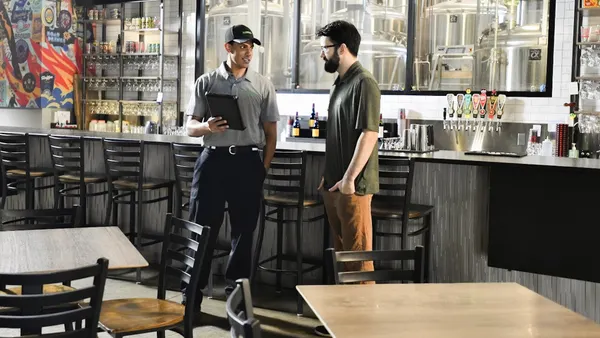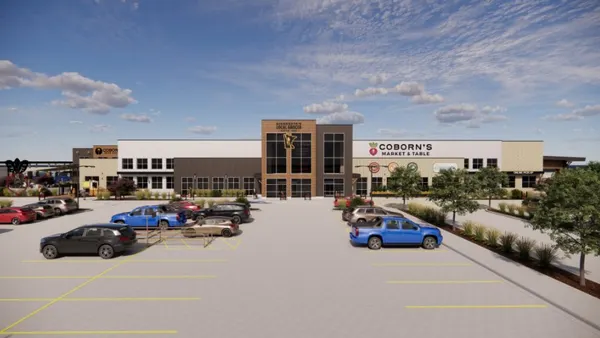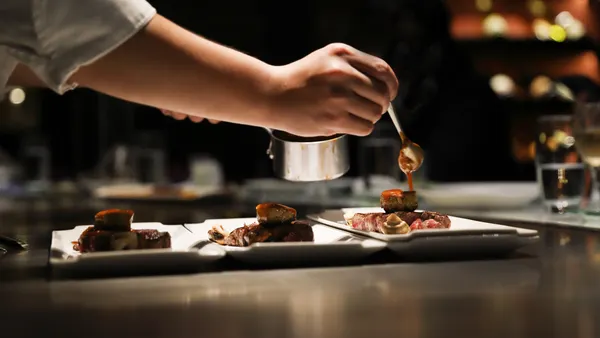Panera Bread took a big risk in April 2024, when its menu transformation threatened to disrupt loyal customers’ dining experiences. Yet, by emphasizing it was getting back to the basics, Panera controlled the narrative by spreading the word that the changes were made to benefit its customers.
Understanding its audience would feel conflicted emotions, Panera took its customers on a personalized journey to retain their loyalty through it’s marketing platform, Braze, encouraging new and returning customers to embrace its new menu through highly targeted rewards programs powered by polls and contests.
The result? A 5% increase in retention rates, more loyalty offer redemptions and purchase conversions, and 50 hours of manual work saved through automated content.
The ability to speak directly to consumers elevates successful restaurants and brands. Panera, Starbucks, and McDonalds are among the fast casual and quick service restaurants demonstrating the power of harnessing technology platforms to collect data that informs lucrative campaigns that drive loyalty.
“A good first step to have powerful personalization is to get your data in a central place and make it easily connectable to other places,” says Tim Duncan, product growth lead at Bottle Rocket, a digital product agency.
Consumers feel comfortable in restaurants they’ve come to know and trust. That reassurance comes from the brands demonstrating they understand their customers. Seemingly small gestures like making a spot-on suggestion for adding a dessert item or drink reaffirm to consumers they’ve put their dining experience in good hands.
Demystifying Personalization
Success via personalization need not be exclusive to large corporate brands. Local cafés and neighborhood bistros have the same potential by embracing the right tools and strategies to individualize the journey from a consumer scrolling through a menu toward completing a purchase. When executed to its fullest effect, not only are those device users ordering from the restaurant, but they’re also enticed to splurge through effective upselling.
Restaurants with basic digital infrastructure can begin implementing impactful personalization strategies. The key is to start small, focus on understanding your customer segments, and gradually scale your efforts.
Set attainable goals, such as:
-
Winning back passive consumers. Use data to identify guests who haven’t patronized your establishment in 30 days and then send an olive branch to return. (Consider offering a free side.)
-
Timing promotions with guest preferences. Push promotions via your app and marketing channels that match when a consumer typically comes in. For instance, offer a free breakfast pastry to a known coffee or tea drinker.
-
Making preference-based suggestions. Use a consumer’s order history to create a “you may also like …” pop-up box.
Fortune Telling
Chick-fil-A can rightfully tout its use of technology to predict orders and encourage increased sales. The fast food giant uses Amplitude’s product analytics platform to personalize menu layouts based on a customer’s past orders. By suggesting known favorites, the restaurant demonstrates its knowledge of the user’s tastes and speeds the ordering process, creating a better experience. Amplitude credits a 23% increase in delivery orders to Chick-fil-A’s use of predictive technology. The “recommend” function, encouraging splurging for a milkshake or soda, is responsible for a 50% increase in upsell revenue.
McDonald’s takes a highly adaptive approach through Dynamic Yield. Having first partnered with the technology solution in 2019, the companies have the benefit of years working together to employ power and personal techniques. The fast food chain varies its digital drive-thru menus
to highlight options based on time of day, weather, current restaurant traffic and current favorites. Customers are also instantly fed suggestions via the outdoor screen to add to their current order.
Local coffee shops and cafes could mimic that strategy, promoting iced drinks during summer or showcasing a new soup or salad at lunch or dinner.
Duncan says restaurants need to invest in the right technology to individualize the experience or risk losing consumers. “You really need to have the right tech in place to do advanced personalization or even moderate forms of personalization,” says Duncan.
Bottle Rocket, for instance, is working with Potbelly[1] , a fast-casual sandwich chain, on a solution that tracks past orders to formulate menu displays catering to a customer’s established preferences. It then nudges the customer to add a side, dessert, or drink to complete the meal.
“Whenever the restaurant does an upsell, the menu that the customer sees is personalized based upon that guest’s past order flow,” says Duncan.
Tech Tools to Elevate the Experience
Even prior to streamlining its menu, Starbucks was pouring increasing resources into its app to customize its experience and maintain loyalty. Its AI engine, Deep Brew, tailors offers product recommendations based on a customer’s history, leading to a 13% membership growth in the U.S. (which stood at 34.3 million accounts in early 2024). The company is also making concerted efforts to transform infrequent customers into store regulars.
Bottle Rocket says the first step in this transformation process is to dive into analytics to understand your customer base. From there, restaurants have myriad tech tools to choose from to personalize offerings. Important areas to focus on include:
-
Product recommendations and menu personalization. As highlighted, Dynamic Yield and Amplitude Recommend rank menu items for each guest based on prior orders, tastes, and regional trend data, to create a bespoke experience.
-
Cross-selling and basket expansion. Engines like Olo’s Cross-Sell AI and Dynamic Yield’s Upsell algorithms study orders in real time and accurately predict add-ons. The programs routinely increase a customer’s spend by 8-12%.
-
Audience segmentation and targeting. Lifecycle marketing suites such as Braze, Punchh, and Paytronix categorize customers based on store visits, spend, and loyal status. Restaurants can then share incentives to specialized audiences to maximize effectiveness.
-
Journey leadership. Braze Canvas, Adobe Journey Optimizer, and Salesforce Journey Builder scatter touchpoints like breadcrumbs to entice business whether they are welcoming new customers, targeting lapsed visitors or elevating guests to VIP status. Factors to consider are timing of the promotion, the proper channel (app, email, etc.) and creative campaign elements, all of which can be automated.
-
Geofencing. Tools like Braze or Adobe track customers’ proximity to a store and launch limited-time promotions as the customer walks into a restaurant, pulls into a parking lot or even drives nearby.
-
Unified data and identity. mParticle and similar customer data platforms sync preferred locations, loyalty, and most frequent engagement (i.e., web, app, or in-person) to generate an accurate user profile. This allows restaurants to use targeted messaging rather than spamming customers.
Having the right tools is only part of how restaurants can build loyalty and grow their business. It takes research and dedication to develop holistic strategies, says Will McGinty, iOS developer at Bottle Rocket.
“We’re at a point where you can’t just send a push notification to everyone with a mobile app and assume it will help drive sales,” he says. “The best way to enhance a brand, increase average order volume and improve loyalty is by meeting people where they are.”

